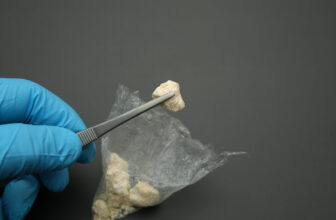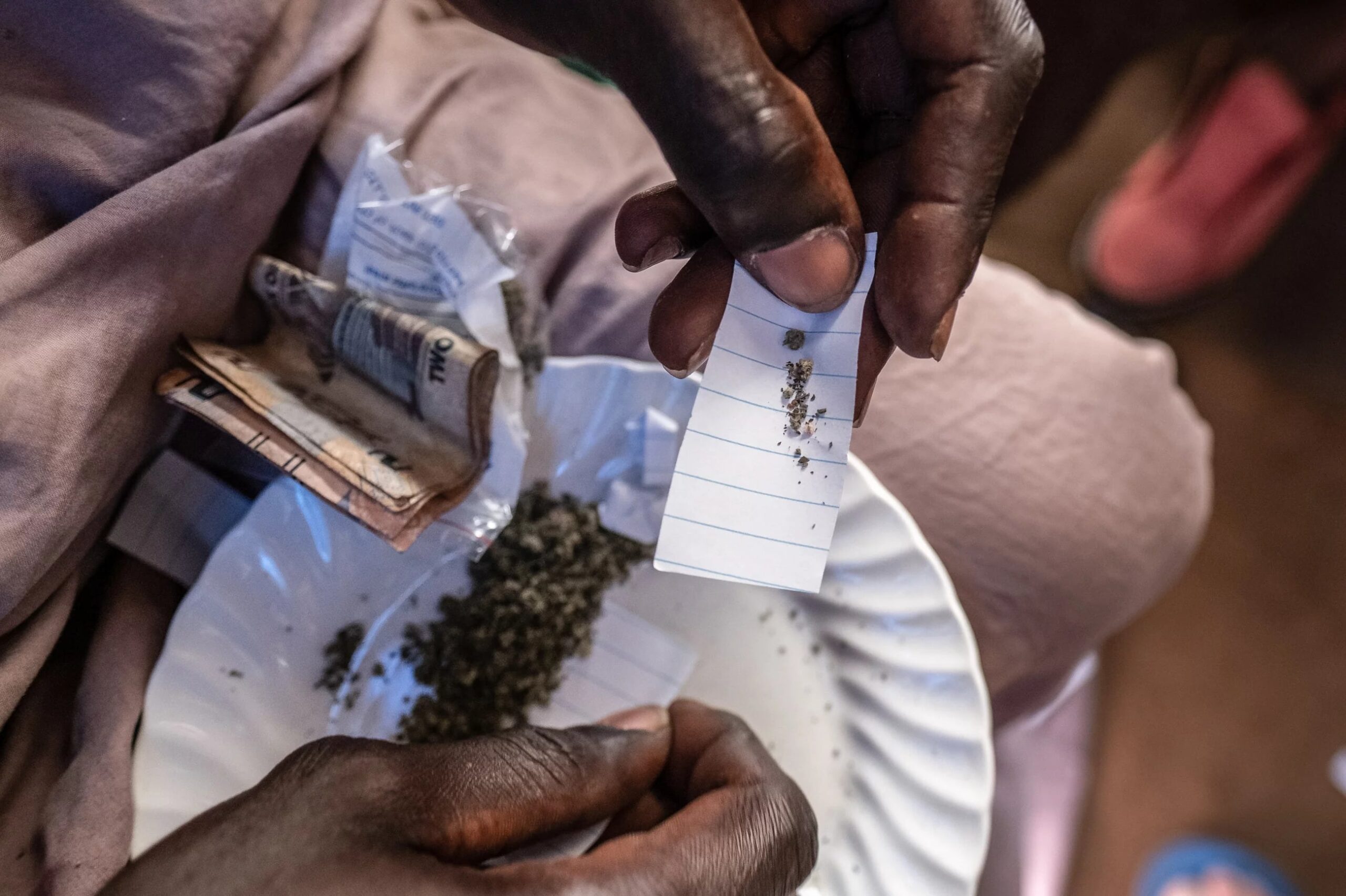
What are the first signs of liver damage from alcohol?
The early signs of liver damage from alcohol include:
- Fatigue
- Loss of appetite
- Nausea
- Abdominal pain or swelling
- Weight loss
- Jaundice (yellow skin and eyes)
- Dark urine
- Pale stool
- Spider angiomas (red spots) on the skin
- Easy bleeding or excessive bruising due to a deficiency in blood-clotting proteins made by the liver
As drinking continues, severe inflammation and fatty deposits prevent the liver from functioning normally, leading to permanent scarring and cell death known as cirrhosis. According to research, this condition affects up to 10-35% of those who abuse alcohol chronically and can necessitate dangerous transplants if drinking is not curtailed in time.
Your liver may be able to recover once the drinking stops.
What mouth infection is caused by alcohol?
The most common mouth infection caused by alcohol is oral candidiasis or oral thrush. This fungal infection with overgrowth of Candida albicans fungus often occurs in people with alcoholism due to nutrient deficiency and suppression of immune defenses needed to control fungal overgrowth.
Heavy alcohol consumption can also weaken the immune system, making it harder to fight off infections such as periodontitis, or gum disease, which is one of the most frequent long-term effects of alcohol on the mouth.
Chronic consumption of alcohol can disrupt the homeostatic balance within the oral cavity, impacting everything from teeth and gums to the development of bacteria. Research points out that this eventually leads to alcohol-related diseases such as gum disease, tooth decay, and digestive tract cancers.
How do you treat an alcoholic ulcer?
First and foremost, the treatment for alcohol-related ulcers requires stopping all alcohol consumption to allow healing. The patient needs to make up for the poor nutrition with vitamin supplements, manage severe pain and inflammation with OTC topicals, and prevent infection with antimicrobial rinses. Medical experts also recommend addressing the underlying issues of alcohol dependence such as acid reflux, immune disorders, or substance abuse with prescription medications or rehab programs.
What does alcohol intolerance feel like?
Alcohol intolerance causes adverse symptoms like facial flushing, hives, headache, nausea, vomiting, abdominal pain, diarrhea, asthma flare-ups, rapid heart rate, and low blood pressure when drinking even small amounts. These responses indicate an inherited inability to properly metabolize byproducts of alcohol breakdown.
Why do alcoholics get oral thrush?
Alcoholics often get oral thrush because excessive drinking allows overgrowth of the yeast Candida by causing vitamin and mineral deficiencies that weaken immunity, as well as dehydration and irritation that damages the mucous membrane lining protecting the mouth. Prolonged antibiotic use and medical conditions like diabetes or HIV that weaken immunity also contribute.
Why does my mouth feel cut up after drinking alcohol?
The mouth may feel sore, cut up, or irritated after drinking alcohol due to the acidic, inflammatory, and dehydrating properties inherent to alcoholic beverages that damage the protective mucous membranes in the mouth. With this thin barrier perforated and weakened, normally benign irritants now have direct access to submucosal nerve endings resulting in pain.
Mouth ulcers, gum inflammation, oral dryness, and secondary infection from oral flora overgrowth further contribute to this post-drink discomfort. Plus, heavy alcohol consumption is linked to a deficiency of key B vitamins which are essential for daily oral tissue regeneration, repair, and healing.
Can alcohol cause cheilitis?
Alcohol can contribute to the development of cheilitis or inflammation of the lips by causing nutritional deficiencies, tissue dehydration, and direct damage to lip tissue. This leads to unpleasant symptoms like dryness, cracking, scaling, burning, and redness that may come in recurrent episodes. Additionally, because alcohol acts as a vasodilator early on after drinking, this creates further inflammation and irritation of already inflamed lips trying to heal.
Can a dentist tell if you drink alcohol?
An observant dentist can detect signs of excess alcohol consumption in patients by taking a thorough oral hygiene history and closely examining the teeth and gums. Enamel erosion, gum inflammation, cavities, mouth ulcers, poor healing, and telltale staining and smells provide clues. Dentists may even notice manifestations like tooth grinding, abnormal wear, and gum recession that indicate functional impairment possibly linked to heavy drinking.
Patients may also display difficulties with anesthesia, low pain tolerance, or be inconsistent with follow-up visits and home care. With so many oral red flags, the signs are there if dental providers know what to look for.
Are there different types of mouth ulcers?
Mouth ulcers vary greatly in size, number, cause, severity, and healing duration across different categories.
There are several types of mouth ulcers, including:
- Minor or common mouth ulcers, also called aphthous ulcers or minor canker sores. These are small, oval sores with a white or yellow center and a red border that appear inside the mouth. They are among the most common types of mouth ulcer.
- Major mouth ulcers are more severe and larger versions of minor mouth ulcers, often with an irregular shape. They take longer to heal, over several weeks.
- Herpetiform mouth ulcers are clusters of dozens of smaller ulcers that can merge and are very painful. May be triggered by food allergies or spicy foods.
- Traumatic ulcers are caused by direct injury, irritation, or trauma to the oral tissues from things like toothbrush abrasion, dental procedures, or accidental cheek or tongue biting.
- Denture-related ulcers stem from poor-fitting dentures that rub and irritate the gums and cheeks.
- Cancerous mouth ulcers are ulcer-like lesions that don’t heal, bleed easily, or keep coming back may signify oral cancer and require urgent evaluation.
Resources
Chaudhuri, S., Dey, S., & Bajpai, R. C. (2016). Prevalence of oral ulcers and its association with addictions in rural population of western Uttar Pradesh and eastern Rajasthan. Journal of Oral Biology and Craniofacial Research, 6(3), 179-186. https://doi.org/10.1016/j.jobcr.2016.04.003
Priyanka, K., Sudhir, K. M., Sekhara Reddy, V. C., Kumar, R. K., & Srinivasulu, G. (2017). Impact of Alcohol Dependency on Oral Health – A Cross-sectional Comparative Study. Journal of Clinical and Diagnostic Research: JCDR, 11(6), ZC43. https://doi.org/10.7860/JCDR/2017/26380.10058
Young, S. (n.d.). How Your Drinking Habits Impact Your Teeth: Scott Young, DDS: Cosmetic, General, and Neuromuscular Dentistry. https://www.scottyoungdds.com/blog/how-your-drinking-habits-impact-your-teeth
Roerecke, M., Vafaei, A., Hasan, O. S., Chrystoja, B. R., Cruz, M., Lee, R., Neuman, M. G., & Rehm, J. (2019). Alcohol consumption and risk of liver cirrhosis: A systematic review and meta-analysis. The American Journal of Gastroenterology, 114(10), 1574. https://doi.org/10.14309/ajg.0000000000000340
Riedel F, Goessler U, Hörmann K. Alcohol-related diseases of the mouth and throat. Best Pract Res Clin Gastroenterol. 2003 Aug;17(4):543-55. doi: 10.1016/s1521-6918(03)00019-2. PMID: 12828954.
Further reading
How many people suffer from alcoholism in the United States?
Is moderate drinking not harmful?
What pain is associated with withdrawal?
How can I help someone I love with their alcohol addiction?
What are the negative effects of alcohol on the heart?





